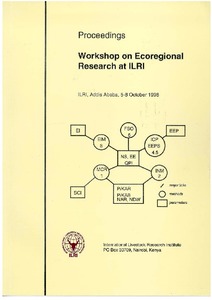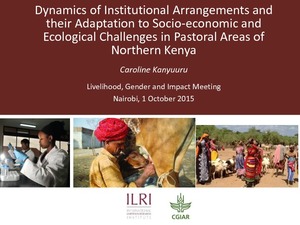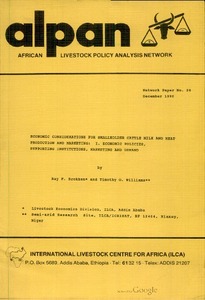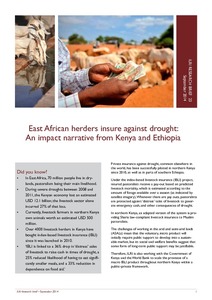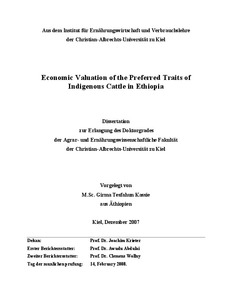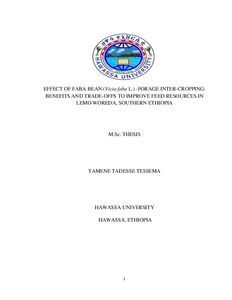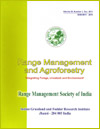Ecoregional research at ILRI. Proceedings of a workshop
The major objectives of this workshop are to sharpen the focus of ILRI's ecoregional research, to further identify commonalities in tools and new methods that can enable ILRI to do effective transregional research, and to identify improvements to the way in which ILRI does ecoregional research.

